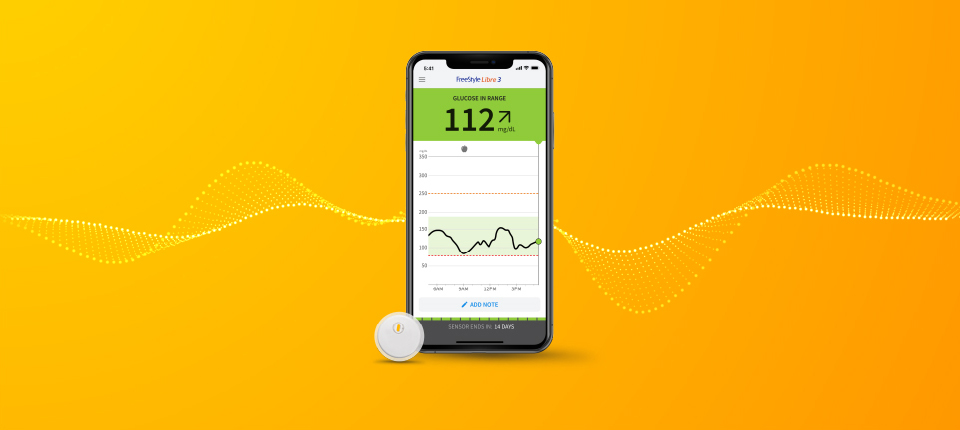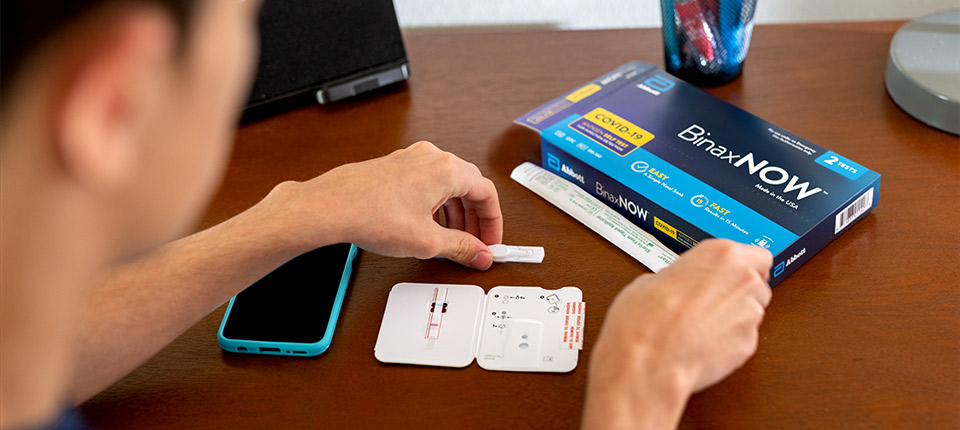Your complex regional pain syndrome (CRPS) story may have started suddenly.
A traumatic injury. A painful burning sensation that just wouldn't go away.
Your story continued with treatments, therapies, and experiments that may have been somewhat effective but ultimately temporary, leaving you with chronic, often debilitating pain.
But your story changed after you had your DRG stimulator implant to manage pain concentrated in your lower limbs. It wasn't an easy decision to get an implant since there are surgical risks such as paralysis, but in conjunction with your doctor you both decided that the benefits outweighed the risks.
And like many patients, you have experienced significant pain relief. A new chapter in your life has begun. You can begin living a fuller life with dorsal root ganglion therapy — one that fits you.
Rediscovering You
Where pain had been the central focus, in this next chapter, you are the main character. The protagonist. The hero.
Living with chronic pain taught you a lot about yourself, about how strong you are when times are tough. So, take some time to rediscover where you want to go from here, socially, physically and personally.
Social Outreach
While living with chronic pain, it may have been difficult maintaining an active social life. Spending the day socializing with friends and family, sometimes it just hurt too much.
Now is the time to reconnect with those who supported you for so long. Let family and friends know how you are doing and deepen those important relationships.
Sharing your story with others who are also living with chronic pain can be a valuable experience. Your hospital may offer support groups or volunteer opportunities to reach out to others who are living with a neurostimulator.
Physical Fitness and Care
Discuss with your doctor the best way to regain the strength, flexibility and mobility that you may have lost while living with chronic pain. Physical therapy, yoga and walking can be part of your return to peak physical condition. Remember to care for your DRG stimulator by following the instructions from your doctor. Keep your follow-up appointments, and notify your physician about any concerns, questions, or changes you notice with your stimulator.
Achieving Personal Goals
Travel, take up a new hobby, do meaningful work — make some personal goals and start achieving them today. People who receive DRG therapy have achieved personal goals that they couldn't imagine before treatment. For example, Val was able to return to caring for her home, mowing the lawn and traveling with her family. Zac was able to run in a 10K race and now works with potential candidates for neurostimulators.
This next chapter of your life belongs to you. Choose your fuller life, and begin living it on your terms.
Find a DRG specialist near you here.
This story reflects one person's experience; not everyone will experience the same results. Talk to your doctor about the benefits and risks of your treatment options.






FOLLOW ABBOTT